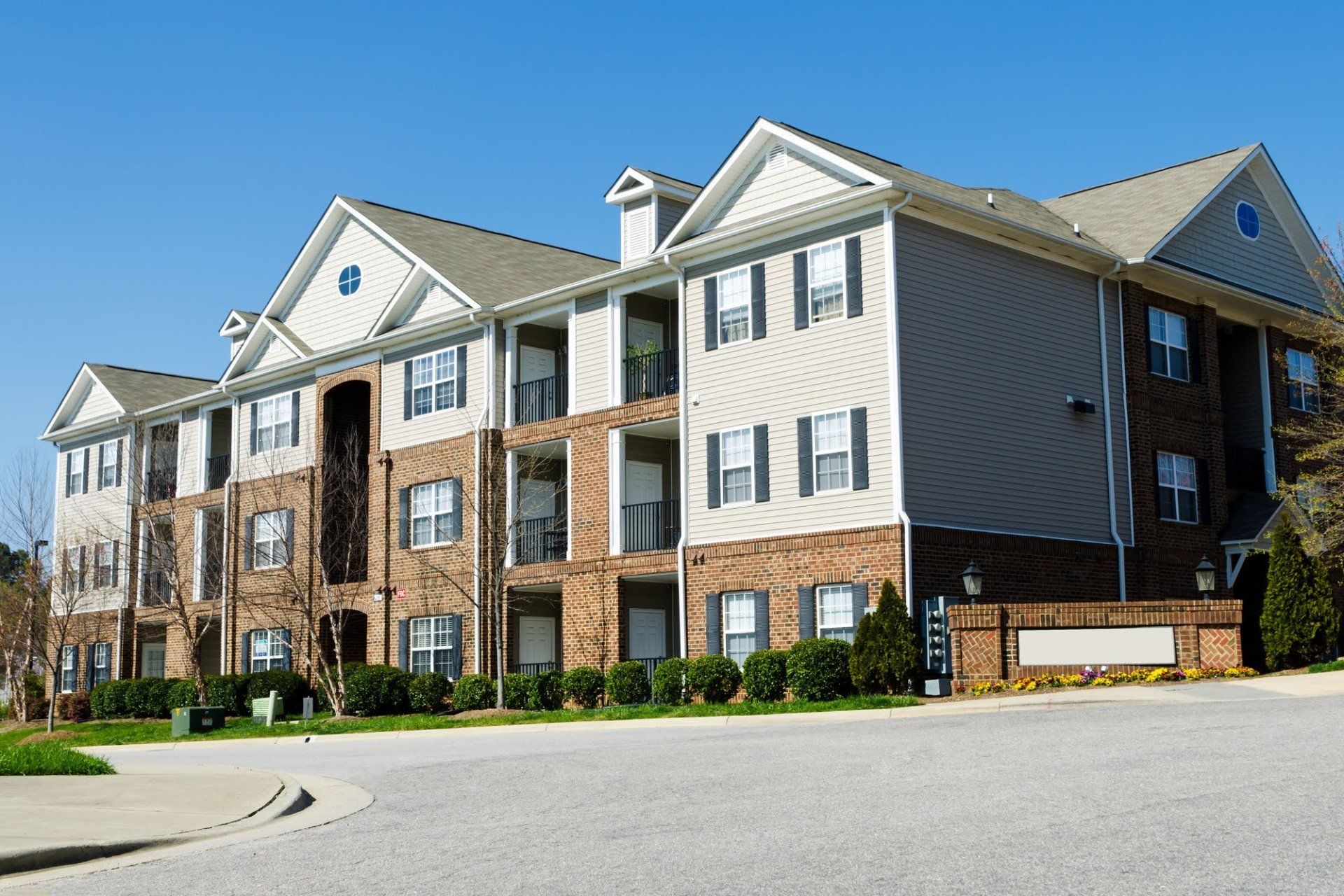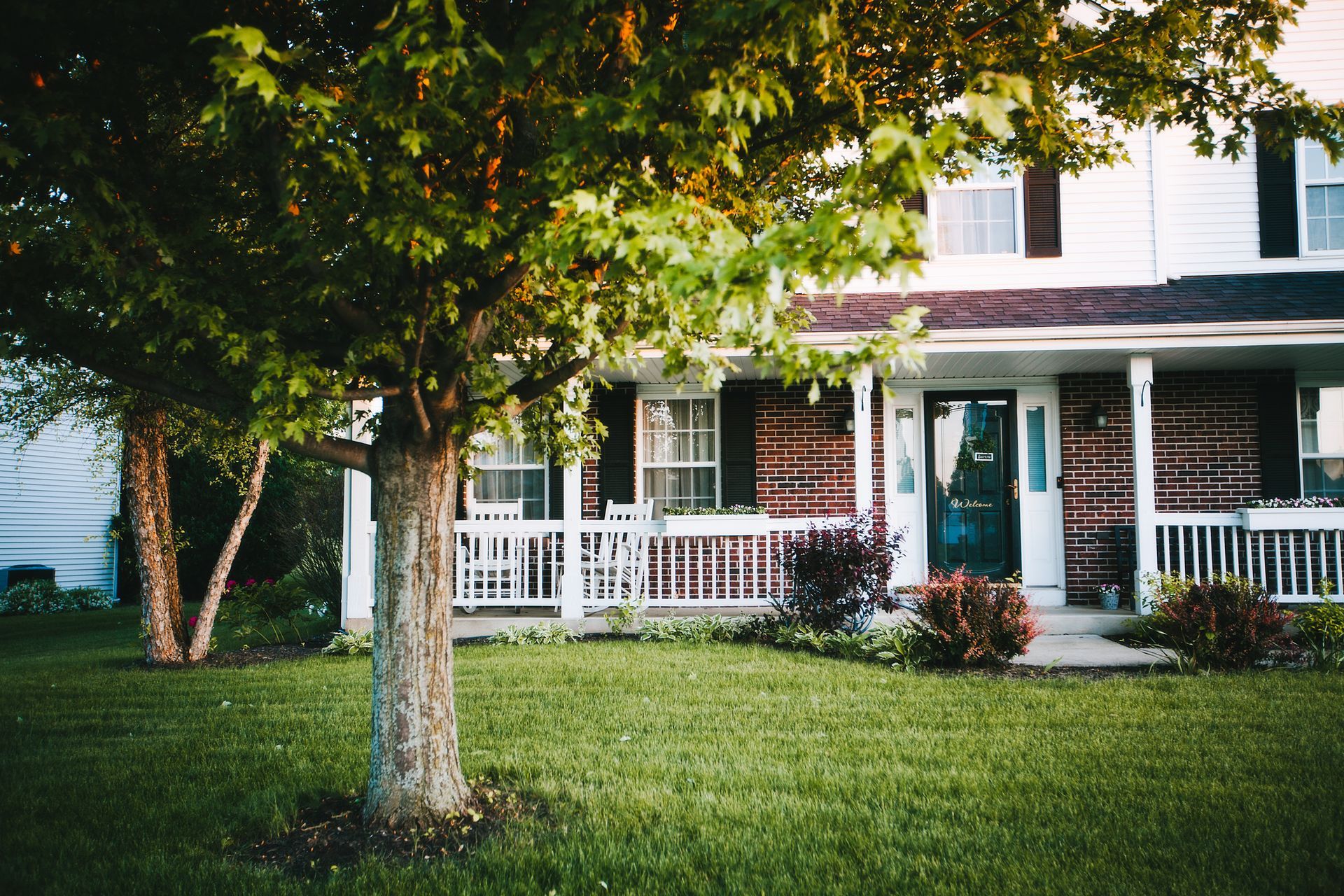Low-Income Housing: How Do I Qualify?
March 29, 2022

Are you struggling to pay your rent? If yes, you may consider moving to a low-income apartment. Low-income housing is the best way to minimize your housing cost without compromising your comfort.
However, since these apartments should benefit people with limited earning potential, you must prove your eligibility to qualify. The local housing agency will check your paystubs and tax returns, immigration documents, and tenancy history to verify your eligibility.
This guide explains low-income housing options and the requirements for this type of housing.
What Is Low-Income Housing?
Low-income housing includes all federally funded housing programs under the U.S. Department of Housing and Urban Development (HUD). This program provides an affordable option for people below a specified income level (below 80% of an area's median income).
The two main types of low-income housing are public housing and the section 8 program.
Public Housing
Public housing is a government-funded program that provides affordable houses for people with limited earning potential. These houses can be in varying forms, including apartments and single-family homes. If you move to a public housing unit, your rent will be 30% of your income or lower.
According to HUD, about 970,000 families live in public housing units around the U.S. To manage these units at affordable rents, HUD offers financial benefits to local housing agencies (HAs) while also providing technical and professional assistance in planning, developing, and managing these units.
House Choice Vouchers/Section 8
Like public housing, the Section 8 program is a collaboration between local housing agencies and HUD to help people with limited earning potential afford safe and affordable housing. The only difference is that the units under the Section 8 program are private property.
If you qualify for the Section 8 Program, HUD will offer vouchers to cover the difference between what you can afford and rental rates in your area of residence. HUD can issue the voucher to a local public agency to pay your landlord or issue it directly to you. If you receive the voucher directly from HUD, you can choose any housing unit that meets the requirements of the section 8 program.
How Do I Qualify for Low Income Housing?
As aforementioned, low-income housing should only benefit people with limited earning potential. Though the qualifications may vary between states, local authorities will mainly check your income level, family status, tenancy history, and citizenship/eligible immigration status to determine if you qualify for the low-income housing program.
Income Level
Income level should be below 80 percent of the median income level in your area of residence to qualify for the low-income housing program. Your local housing agency will only add you to their waiting if your income level is within the set standard.
Family Status
HUD will also verify your family status before adding you to their waiting list. According to HUD, a family can be a single person or a group of people. For example, HUD can classify a family as disabled, displaced, or elderly even if only one member is in that state.
Tenancy History
Tenancy history is also crucial when verifying your eligibility for low-income housing. Your local HA will check your tenancy records to check whether you have an eviction record. HAs will decline your application if you have an eviction history due to unacceptable behaviors or practices.
Citizenship or Eligible Immigration Status
Only U.S. citizens and people with eligible immigration status qualify for federal housing assistance. Therefore, to prove your eligibility as an immigrant, you must present your immigration documents to your local housing authority.
If you are meet all the requirements above, you may qualify for low-income housing, no matter your location. At Robert Cottingham Property Management, we offer a variety of income-based units with all the required amenities. Contact us today to start your affordable housing experience.















